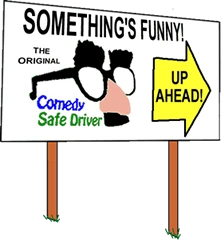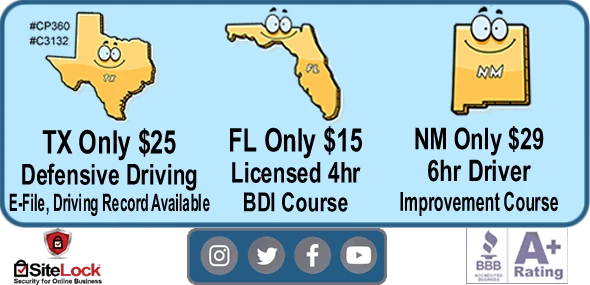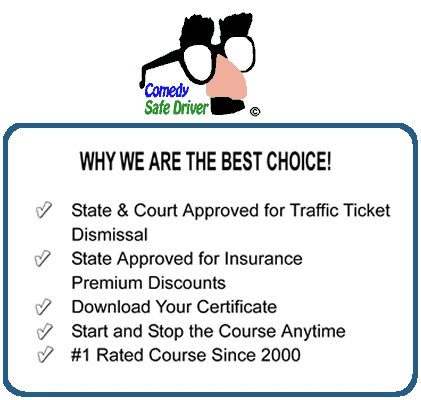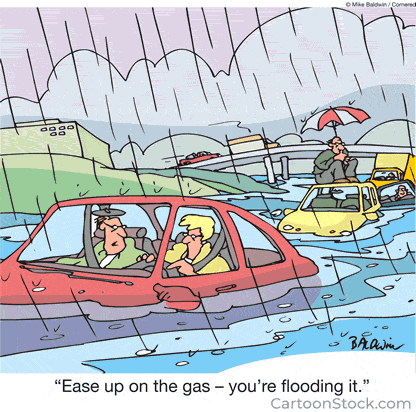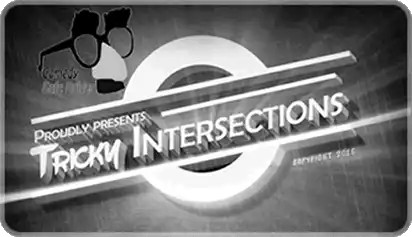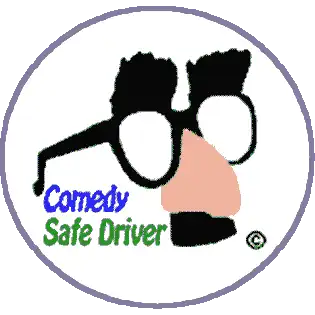Driving with traffic

When there is a large difference in the relative speed of vehicles, there is a greater likely hood of a collision.
If you are traveling faster than the flow of traffic, you will be passing and reducing the time others can perceive you as a hazard.
The more you pass the more likely you will collide with the vehicle you are passing or oncoming traffic.
For many, driving can be a source of stress and anxiety, especially when navigating different types of traffic. Navigating highways, back roads, and downtown streets can be a challenge, even for experienced drivers. It’s important to understand the different types of traffic and how to safely navigate each type.
Highway Traffic
Highway traffic can be some of the most dangerous, especially during rush hour. When driving on the highway, it’s important to be aware of other drivers and the speed limit. It’s also important to always use your turn signals and check your blind spots before changing lanes. Additionally, be sure to leave a reasonable amount of space between your vehicle and the vehicle ahead of you.
Back Road Traffic
Back roads are often less traveled than highways, but they still present their own set of dangers. Drivers should always be aware of their surroundings and watch for pedestrians, cyclists, and animals. It’s also important to pay attention to the speed limit, as back roads are often winding and can be deceivingly fast.
Downtown Traffic
Downtown traffic can be some of the most hectic and unpredictable. Drivers should be aware of their surroundings, use their turn signals, and follow the speed limit. Additionally, it’s important to be aware of pedestrians, cyclists, and other vehicles. Finally, it’s important to be courteous to other drivers and yield when necessary.
No matter what type of traffic you are driving in, it’s important to stay focused and alert. Always follow the speed limit, pay attention to your surroundings, and use your turn signals. By being aware and prepared, you can safely navigate any type of traffic.

